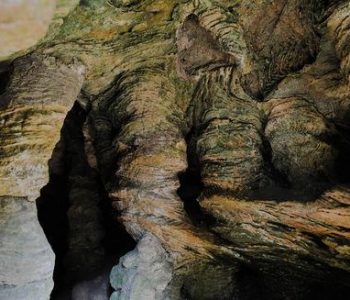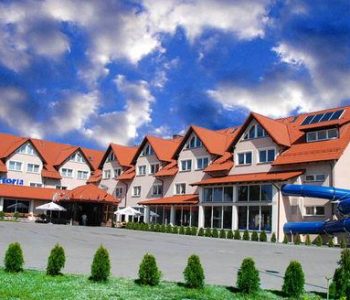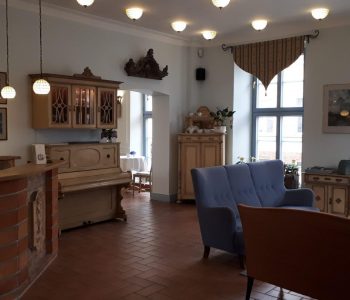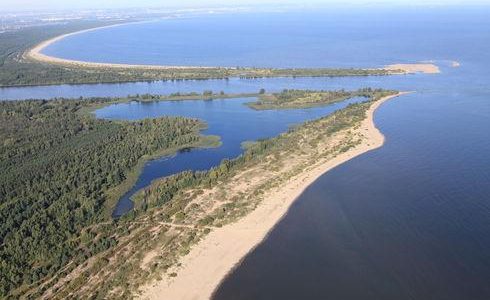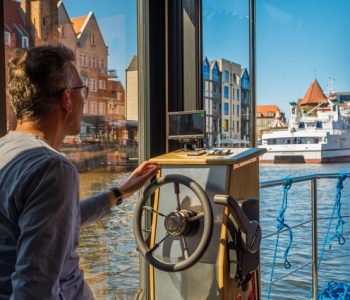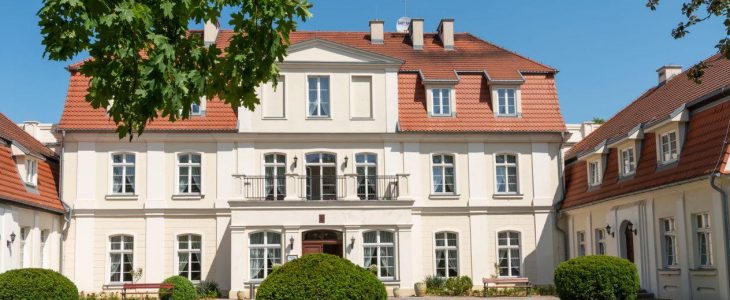This place commemorates the death of 12 000 people at the hands of Nazi Germans who murdered them here between autumn 1939 and spring 1940. The victims included mainly Polish intellectual elites – teachers, lawyers, clerks, politicians, and clergymen from Gdańsk Pomerania. But these also included Poles from the Third Reich, persecuted for patriotic activity, and also Czechs and Germans opposing Hitler’s regime. Held as prisoners in Wejherowo, they were tortured there, and then killed and buried in mass graves in the Piaśnica forest.
In 1944 the Germans started covering the traces of that genocide. The prisoners were taken from the Stutthof camp and ordered to dig out and burn the dead in piles. Having finished the job, they were murdered and burned as well. Upon the discovery of the site in autumn 1945, investigation of the crime followed.
Since 1955, the genocide has been marked by a monument. In 2010, a chapel was erected here, resembling a pile of burned trees with an altar inside. Behind the altar, 12 figures loom, including Blessed Alicja Kotowska, one of the victims. The chapel’s outside wall features a list of those who could be identified, and plaques recalling what happened here.




